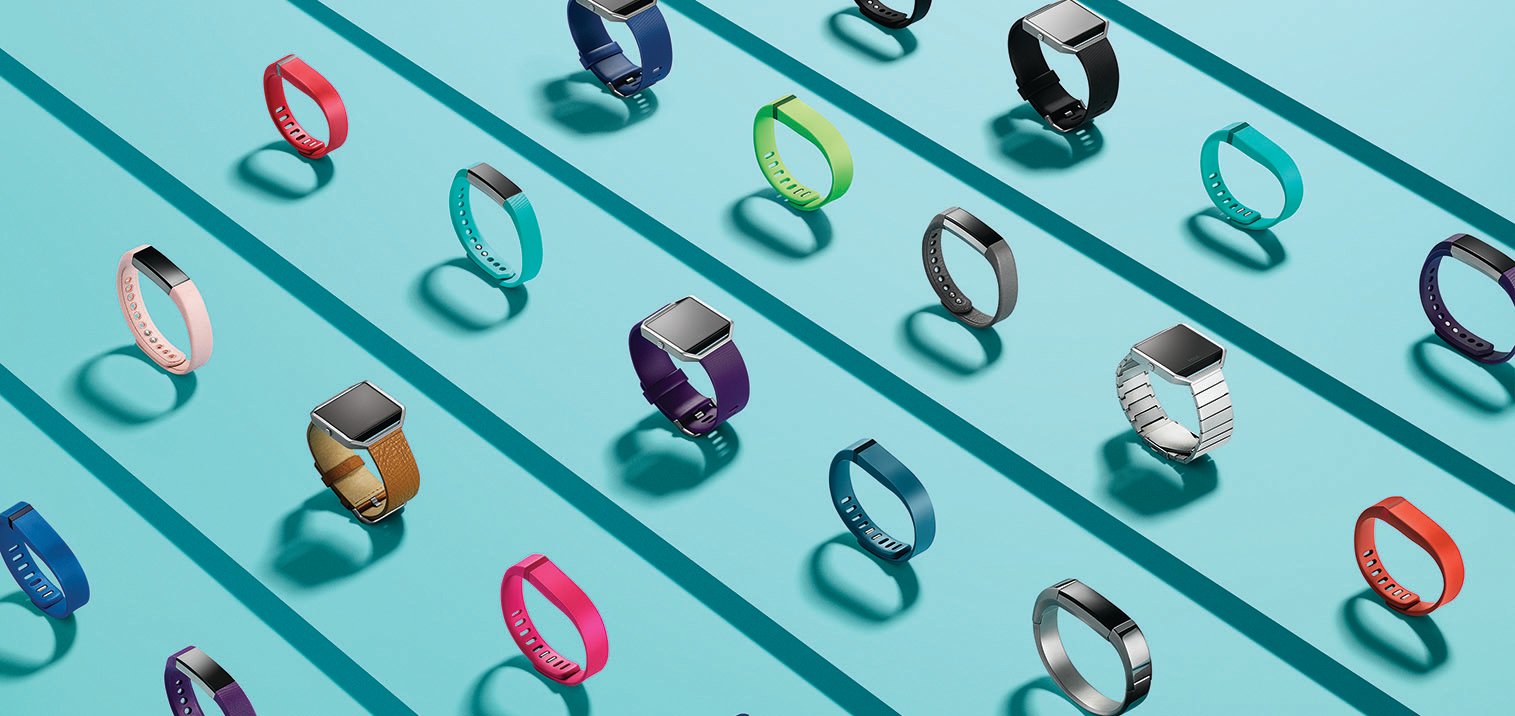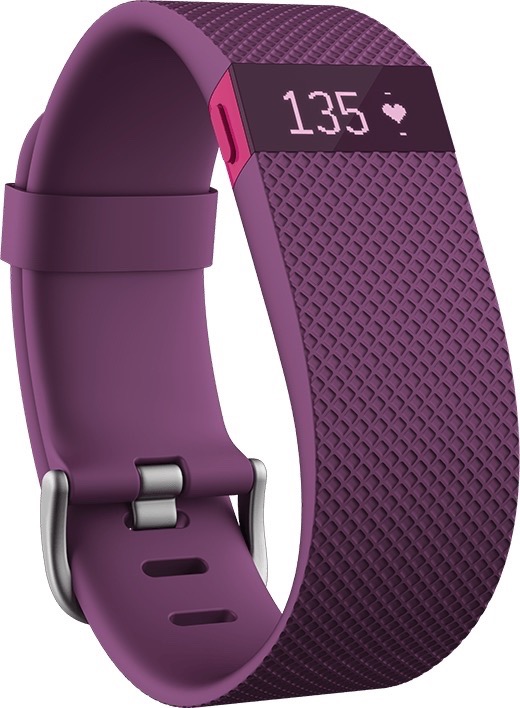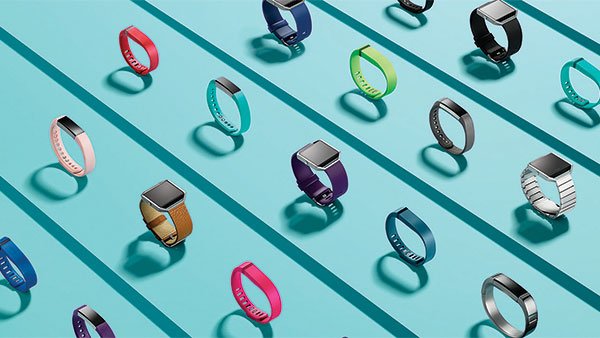Which Fitbits are water-resistant?

You're out for a jog when suddenly, boom, rain, and I guess thunder, since I said "boom." Your Fibit is still strapped to your wrist. Is it going to make it home with you? Is it going to crap out and never work again? Is it going to fry you á la those badges in "Captain America: The Winter Soldier?"
Relax, Jack. All Fitbit trackers are water-resistant, meaning they're splash-proof and rain-proof. Those terms may be a little confusing, so let's break things down a little more clearly.
Waterproof vs. water-resistant
There is a very, very distinct difference between a device being waterproof and water-resistant, like, a life and death of your Fitbit kind of difference.
What does it mean to be 'waterproof'?
Waterproof means that a device is impervious to water, no amount of moisture is going to wreck it. Rubber is waterproof — water isn't going to seep into it and destroy it. At the moment, there is no industry standard for classifying devices as "waterproof," which means items like divers watches are classified as "water-resistant."
Alright, what about 'water resistant'?
When a device is classified as "water-resistant," this means that it was designed with a certain tolerance for allowing water to enter it. This may be done through gaskets on the inside of the device that can withstand a certain level of water pressure, or, some devices may be coated in a hydrophobic substance, meaning they repel water.
The most water-resistant Fitbits
Fitbit is pretty particular when it comes to water and their devices.
All Fitbit trackers are water-resistant to varying degrees, which Fitbit classifies as "rain-proof" and "splash-proof." So, run in the rain all you like; wash your hands with your Fitbit on, but it's probably best if you don't wash the dishes with your Flex on.
Master your iPhone in minutes
iMore offers spot-on advice and guidance from our team of experts, with decades of Apple device experience to lean on. Learn more with iMore!
In the FAQ section of their website, Fitbit makes it very clear that you do not want to swim while wearing your Fitbit because they cannot stand the force of a swimming stroke. This is probably pretty good advice to heed, since many water-resistant devices contain gaskets that block the water, and slapping your arm on the water might blow those wide open.
There are few Fitbits that are a little more water resistant than the others, and they are as follows:
Fitbit Surge

The Fitbit Surge is the cream of the Fitbit crop, with GPS tracking, a heart rate monitor, and auto sleep technology that recognizes your sleeping heart rate to give you an accurate picture of your sleep health.
The Fitbit Surge is the most water-resistant of the bunch, capable of surviving immersion up to 5 ATM or 50 meters. Fitbit, however, recommends that you get it out of there as quickly as possible.
Fitbit doesn't recommend wearing your tracker 24/7, but given the Surge's level of water-resistance, you could wear it in the shower or washing the dishes, just not in the pool or the hot tub.
Fitbit Charge and Charge HR

The Charge family of Fitbits is water-resistant to 1 ATM or 10 meters. You could likely get away with showering with these on, but no pool or hot tub for the Charge or Charge HR.
In fact, you may want to even be a bit careful when it comes to washing the dishes. Water-resistance ratings often have time-constraints on them — prolonged submersion increases the chance that water may enter your device.
Remember that any water-resistance can fail, so go easy on your devices, especially your Fitbits. Always dry your Fitbit off after you get it wet so that water left on it doesn't have the chance to seep in and start wreaking havoc.

○ Fitbit Buyers Guide
○ Fitbit Users Guide
○ The Best Fitbit to Buy
○ Fitbit News
○ Fitbit Forums
○ Buy on Amazon
Mick is a staff writer who's as frugal as they come, so he always does extensive research (much to the exhaustion of his wife) before making a purchase. If it's not worth the price, Mick ain't buying.

